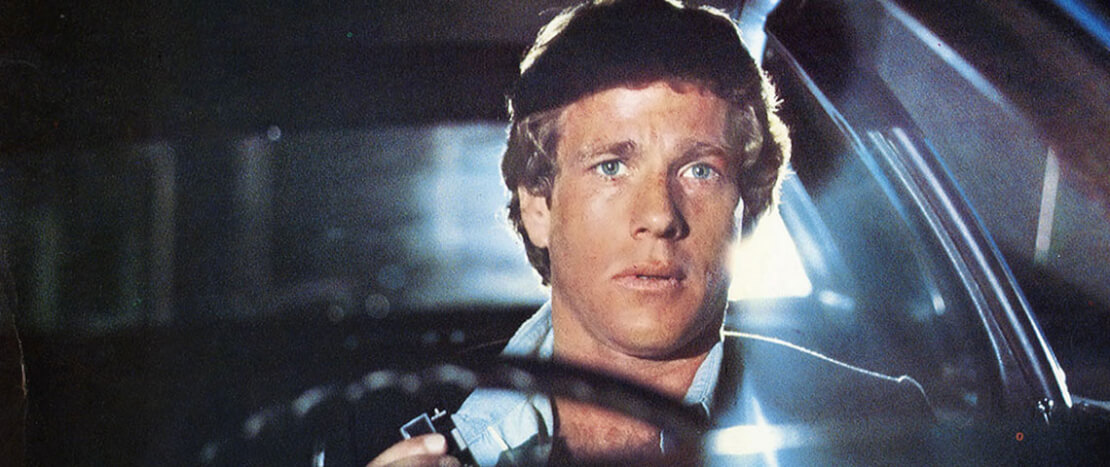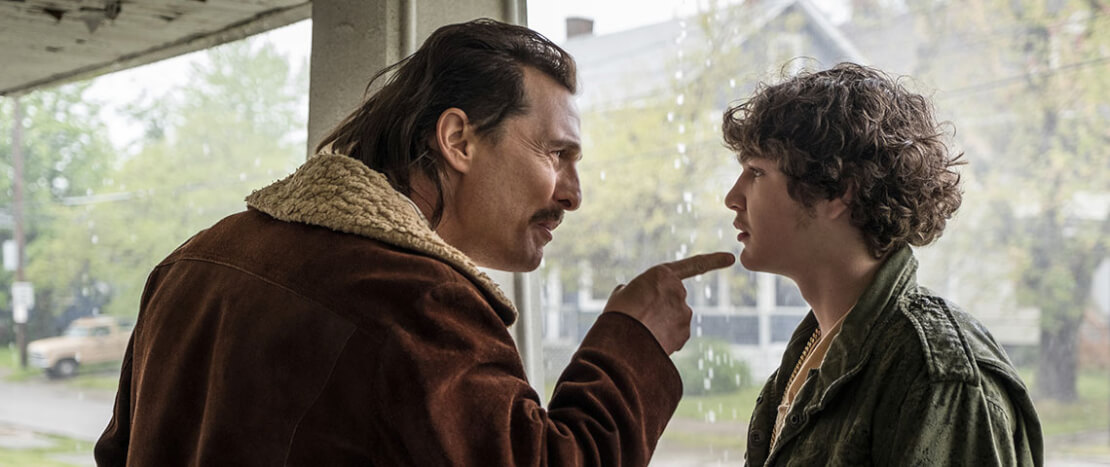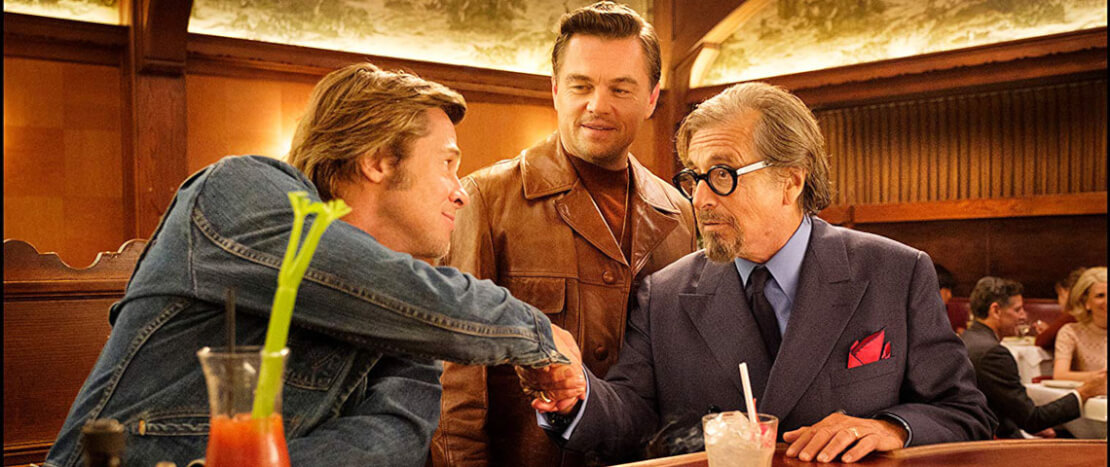The Driver (Bluray Restoration)
Released in 1978, The Driver got a fair mauling from the critics at the time. With a central hero that’s so anti-heroic to the point of being characterless, I can see why the film’s style jarred so much compared to the films of the time. I mean this is only one year after Star Wars and I’m reasonably sure most film companies and audiences still had stardust in their eyes from that one. But not Walter Hill. Director of such films as 48hrs which introduced the world to Eddie Murphy and also a writing credit on Ridley Scott’s Alien, it always seemed to me that Walter Hill’s movies always have a clear idea of what they want to be and damn the zeitgeist or whatever’s selling well at the moment. And so it is with The Driver.
… Coming at you from an age just before CGI, the car chases and camera work are both off the hook.
Razika
In it, Ryan O’Neal plays a get-away driver in 1970s Lost Angeles. Solely interested in living a quiet existence between jobs, he is as economic with his words as he is fast with his cars. However, when two of his clients are late during a casino raid, he is finally recognised by one of the patrons as played Isabelle Adjani. Add to this an uncompromisingly selfish cop as played by Bruce Dern and The Driver is a claustrophobic three-hander that barrels down its own highway unconcerned. Dern knows that O’Neal is his guy and also that Adjani’s silence is protecting him but he won’t stop at any means to catch “the cowboy that can’t be caught”. Add to this, some of the best onscreen car-chases you’re ever likely to see and we can start ticking off the long list of films that this movie has influenced.
That said, as an exercise in minimalism, The Driver‘s sparsity of dialogue, exposition and warmth was way ahead of its time. If you had to sum up the atmosphere of the film and its characters in a single word, it would be “unapologetic”. Ryan O’Neal’s driver doesn’t explain why he does what he does, Adjani’s player doesn’t justify her silence and Bruce Dern makes no concessions to being civil or in any way fair. These are characters who just “are”. That’s the way they operate and irrespective of whatever else is happening, this is the dance that each are committed to, and you can see it in each actor’s performances. Ryan O’Neal glares hurtfully at the camera as if on the brink of a tearful explosion, Adjani is so diffident and cool that she’s beyond approachable and Bruce Dern is the fiery blowtorch who is determined to burn their respective worlds down.
Echoing these performances is Walter Hill’s filmmaking. Coming at you from an age just before CGI, the car chases and camera work are both off the hook. Sodium streetlights streak in rearview mirrors as hub caps legitimately fly off cornering cars and cinematographer Philip H. Lathrop‘s allows the film’s lens to judder so that every impact is felt. Suffice to say that where the only stationary object is Ryan O’Neal’s implacable expression, Nicolas Winding De Refn’s 2004 Drive owes everything to this movie.
However, instead of talking about how The Driver defined Drive or Jason Statham’s arrival in Luc Besson’s The Transporter – let’s look in the back through time at somebody whose very essence mirrors what The Driver is all about: Steve McQueen. From its visceral commitment to real-life car chases to its withdrawn central character, The Driver positively aches with the ghostly presence of Steve McQueen. And that’s not to do any disservice to Ryan O’Neal because, pound for pound, it’s right up there with his performances in Peter Bogdanovich’s Paper Moon – but in the same way that Richard Gere is beyond perfect for American Gigolo, The Driver also unquestioningly belongs to Ryan O’Neal’s presence.
Again, presciently ahead of its time, it’s a tale that isn’t intersted in too much cat and mouse. Like Michael Mann’s evergreen heist movie Heat, the cops know where the robbers are and vice and versa. It’s just about each side trying to push the other into one risk too many… In fact, here you go, as a side note, check out how many times each of the characters blink in the movie … hardly … ever – and that’s the level of the tension Walter Hill’s The Driver is operating at.
So, definitely check it out now on Bluray and for my money, I’d suggest you track down the €14 2014 Studio Canal edition with the black and yellow artwork. The transfer is gorgeous, the sound is nice and clear and I’m reasonably sure it’s not missing anything compared to the Twilight Time Bluray edition at €74.
€74? -Really? For a Bluray? Ok…











